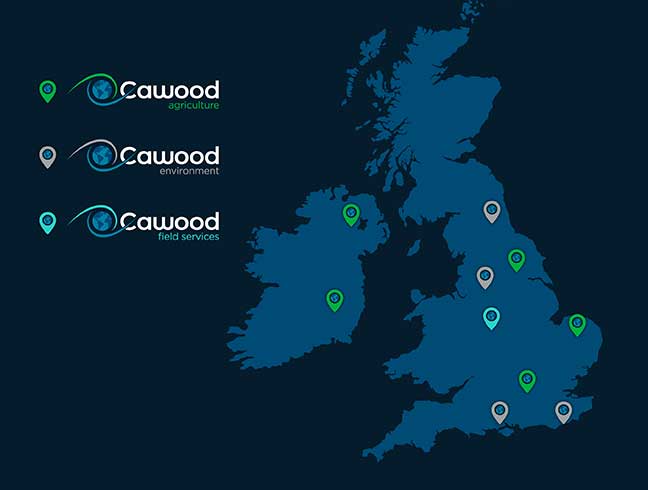Streamlined Training and Competency Management
Q-Hub’s platform helps you manage training plans, track competency, and store training records in one place. From training matrices and inductions to toolbox talks and compliance reminders, Q-Hub ensures your team stays skilled, compliant, and up to date.
























.png)